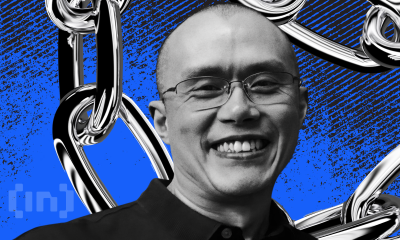Bitcoin
Privacy and Staking in Bitcoin’s Growth 2025

Core DAO and Element Wallet are collaborating to expand Bitcoin’s utility for holders, offering new avenues for interaction beyond simple storage. This partnership emphasizes user privacy while aiming to maximize the security of decentralized finance (DeFi) mechanisms like Bitcoin staking.
BeInCrypto discussed with representatives from both platforms to explore how user privacy and enhanced functionality in staking can create new opportunities for Bitcoin-oriented DeFi participation.
Expanding Bitcoin Use Cases
For 2025, the CORE team aims to develop new use cases for Bitcoin holders who wish to use their BTC rather than keep it perpetually stored. Core achieves this by enabling Bitcoin users to interact easily with DeFi.
“A lot of people have been holding Bitcoin over the years and are totally happy with that. I get it, myself included, but there are also a lot of people who want to actually do something with their BTC and not just hold it. They want to actually put it to work, bring it into DeFi, take out a loan on it, or lend it out and earn some yield. Core basically allows for whatever you want to do with your Bitcoin,” explained Dylan Dennis, Contributor at Core DAO.
Designed to enhance Bitcoin’s utility while preserving its decentralization and security, Core is a layer-1 blockchain that integrates with Bitcoin and offers EVM compatibility. Launched in January 2023, it has achieved a market capitalization of over $497 million.

The Core DAO, a decentralized autonomous organization, supports and develops the Core blockchain, pursuing security, scalability, and decentralization through community-driven collaboration.
Members of the Core DAO used the term BTCfi to describe decentralized financial services and applications built on a Bitcoin-based blockchain. This initiative combines Bitcoin’s security and reliability with innovative financial services found in DeFi platforms.
BTCfi enhances Bitcoin’s value by expanding protection and increasing utility via on-chain yield and a comprehensive dApp ecosystem.
Meanwhile, Core’s EVM compatibility enables developers to use familiar Ethereum tools for interoperable dApps. These dApps increase Bitcoin’s versatility and cater to diverse user needs, from simple BTC staking to complex DeFi activities.
“Basically, Core was created by Bitcoiners. The whole point of Core is to scale Bitcoin and unlock new use cases for every kind of Bitcoiner, whether you’re someone who wants to take no new risk, and just keep your BTC in your wallet. Then on the other side, there’s this whole Bitcoin DeFi ecosystem, with 100+ Dapps, all BTC-based. Whatever you want to do with your BTC you could do it with Core,” Dennis said.
While exposing Core users to DeFi, Core also uses a three-in-one strategy to secure its high-throughput blockchain.
The Satoshi Plus Consensus for Ensured Decentralization
To stay true to Bitcoin’s core principles of decentralization and security, Core employs a mechanism defined as the Satoshi Plus Consensus. This method involves active collaboration from Bitcoin miners, CORE stakers, and Bitcoin Stakers.
Bitcoin miners contribute to the security of the blockchain by delegating their Proof-of-Work (PoW) mechanisms to a Core validator. This non-destructive delegation of PoW allows miners to leverage their existing work without choosing between securing Bitcoin and Core.
Core’s security is also enhanced through a delegated Proof-of-Stake (dPoS) mechanism, which allows holders of Core’s native CORE tokens to participate in network security by delegating their tokens to validators.
Finally, Core’s Satoshi Plus consensus mechanism incorporates non-custodial Bitcoin staking.
“With the non custodial staking, you can stake Bitcoin in your own wallet by putting a time lock on it. It’s called a time lock contract and it’s a Bitcoin native feature. You lock it in that transaction, you include the validator you want to delegate to, and for helping to decentralize and secure the core network, you get paid out in Core tokens for doing so without any new trust assumptions. So, something that helps to secure Core also helps with the whole mission, which is to unlock new use cases,” Dennis added.
Though Core emphasizes Bitcoin functionality for its holders, the Element Wallet is in charge of user privacy and the secure management of digital assets.
Addressing User Privacy and Asset Security
While the nature of the Core blockchain remains decentralized and transparent, the same does not apply to user details.
Privacy is a crucial aspect for Bitcoin users and the crypto ecosystem in general, explained Bruna Brambatti, Marketing Manager at Element Wallet.
“You’re going to see a lot of people that have random handles. They’re not using their profile picture. They are using an NFT. People like to be private and want to keep their money private. Even though we have this open space with the blockchain, we’re never going to know who the owner of that money in that wallet is,” she said.
Element Wallet is a multi-chain crypto wallet for seamless asset management and DeFi access. Though it’s compatible with different crypto assets like Bitcoin and TRON, it was initially built for Core participants and acts as the first and primary interface for the Core blockchain.
To address user privacy concerns, Element Wallet uses various mechanisms to protect identity and financial information. Element’s messaging uses end-to-end encryption for user privacy. Only the recipient can decrypt messages, protecting content from third parties.
While Element does not store these messages’ content, it maintains a record of communication between users, excluding the actual message content. The messages themselves are stored locally on the users’ devices.
Element also integrates in-chat peer-to-peer (P2P) transfers. Users can send payments or payment requests within these chats, enhancing security and clarity by communicating directly with the recipient. This functionality provides added security and convenience, enabling direct trading within the application.
“We never, ever have access to anyone’s funds or to their seed phrases. We do believe that the owners should have the power in their hands, so they can do what they think is best with their assets and trust that they are theirs,” Brambatti added.
To ensure that users can easily navigate the Core blockchain, Element Wallet incorporates user-friendly design strategies to simplify interaction.
Breaking Down Web3 Complexities
Core and Element representatives emphasized that community was at the heart of the blockchain’s success. To further cultivate user engagements, Core DAO focuses on breaking down onboarding barriers and facilitating user experience.
“We’re really focused on simplifying the kind of Web3 complexities that are often found in the space today. As we work closely with the Core DAO and the core team, and as the space evolves, we just find more opportunities to really simplify it and make UX be at the forefront of this,” explained Sean Schireson, Head of Product at Element Wallet.
Element Wallet simplifies Core chain-related activities by providing a unique and comprehensive wallet that meets all user needs.
“The Element Wallet really enhances the user experience on Core chain, since it was built for the Core ecosystem. If you want to buy crypto, swap, non custodially stake your Bitcoin, you could do it all. If you want to chat with people, you could do it on there. So just trying to get the whole community onboarded, so that we could all be on this one Element Wallet and all transact together and just make the experience better for everybody,” explained Dennis.
The Core team created Sparks, a dynamic system for measuring contributions to the Core community’s growth to encourage user participation. Sparks track user activity and engagement within the Core Chain ecosystem. Based on their interactions and involvement, they are awarded to users and their teams.
Daily Spark allocations are distributed based on activity level, with more active users receiving larger amounts. Users can also receive sparks by engaging with the Element Wallet.
“What we want to do is make that entry point feel like a consumer app that you’ve used and loved before. And that’s really our gold element. We’re not trying to necessarily reinvent the wheel, but we’re definitely trying to have a new spin on an otherwise kind of saturated UX market. And so that’s where we’re really focused on there,” concluded Schireson.
This focus on user experience and community engagement aims to facilitate broader adoption and participation in the developing BTCfi sector.
Disclaimer
Following the Trust Project guidelines, this feature article presents opinions and perspectives from industry experts or individuals. BeInCrypto is dedicated to transparent reporting, but the views expressed in this article do not necessarily reflect those of BeInCrypto or its staff. Readers should verify information independently and consult with a professional before making decisions based on this content. Please note that our Terms and Conditions, Privacy Policy, and Disclaimers have been updated.
Bitcoin
What Does This Mean for Altcoins?

Bitcoin’s (BTC) market dominance has surged to 64%, reaching its highest level in over four years.
However, experts remain divided on what this means for the future. Some predict an impending altcoin season, and others caution that Bitcoin’s dominance could continue to suppress altcoins.
What Does Bitcoin’s Rising Dominance Mean?
For context, Bitcoin dominance (BTC.D) refers to the percentage of the total cryptocurrency market capitalization that BTC holds. It is a key indicator of Bitcoin’s market strength relative to other cryptocurrencies. A rising dominance suggests that Bitcoin is outperforming altcoins, while a decrease may signal growing interest or investment in other digital assets.
The metric has been steadily increasing since late 2022. As of the latest data, it surged to 64%, marking highs last seen in early 2021.

Notably, Benjamin Cowen, founder of Into The Cryptoverse, highlighted that the number is much higher when excluding stablecoins.
“Excluding stable coins, Bitcoin dominance is now at 69%,” Cowen revealed.
The rise in Bitcoin dominance has sparked debate among analysts about its implications for altcoins. Cowen believes there will be a correction or downward movement in altcoins before any substantial gains can be expected in the market. This implies that the altcoin season may not be imminent yet.
“I think ALT/ BTC pairs need to go down before they can go up,” he stated.
Nordin, founder of Nour Group, also expressed caution. He stressed that Bitcoin dominance is nearing the levels seen during the peak of the 2020 bear market.
“This isn’t just a BTC move. Its capital rotating out of alts,” he noted.
Moreover, Nordin warned that a break above 66% could intensify selling pressure on altcoins. This, in turn, could delay the altcoin season.
“Bitcoin dominance back to 64%. No Alt seasons in 2024 or 2025,” analyst, Alessandro Ottaviani, predicted.
On the other hand, analyst Mister Crypto predicts that Bitcoin’s dominance may follow a long-term descending triangle pattern. A descending triangle typically suggests bearish momentum, where the price or dominance gradually decreases as lower highs are formed.
However, this could prolong its market control before a broader correction allows altcoins to gain traction.

Another analyst mentioned that Bitcoin dominance is currently testing the resistance zone between 64% and 64.3%. Therefore, a possible retracement may be on the horizon. Should this retracement occur, altcoins could begin to gain traction, with some potentially emerging as top performers in the market as capital shifts away from Bitcoin.
“However, a breakout from this zone could mean further declines for alts,” the analyst remarked.
Finally, Junaid Dar, CEO of Bitwardinvest, offered a more optimistic view. According to Dar’s analysis, if Bitcoin’s dominance drops below 63.45%, it could trigger a strong upward movement in altcoins. This, he believes, would create an ideal opportunity to profit from altcoin positions.
“For now, alts are stuck. Just a matter of time,” Dar added.
Tether Dominance Signals Potential Altcoin Season
Meanwhile, many analysts believe that the trends in Tether dominance (USDT.D) signal a potential altcoin season. From a technical analysis standpoint, USDT.D has reached a resistance zone and may be due for a correction, suggesting the possibility of capital flowing from USDT into altcoins.
“The USDTD is in a rejection zone, as long as it does not close above 6.75% it will be favorable for the market,” a technical analyst wrote.
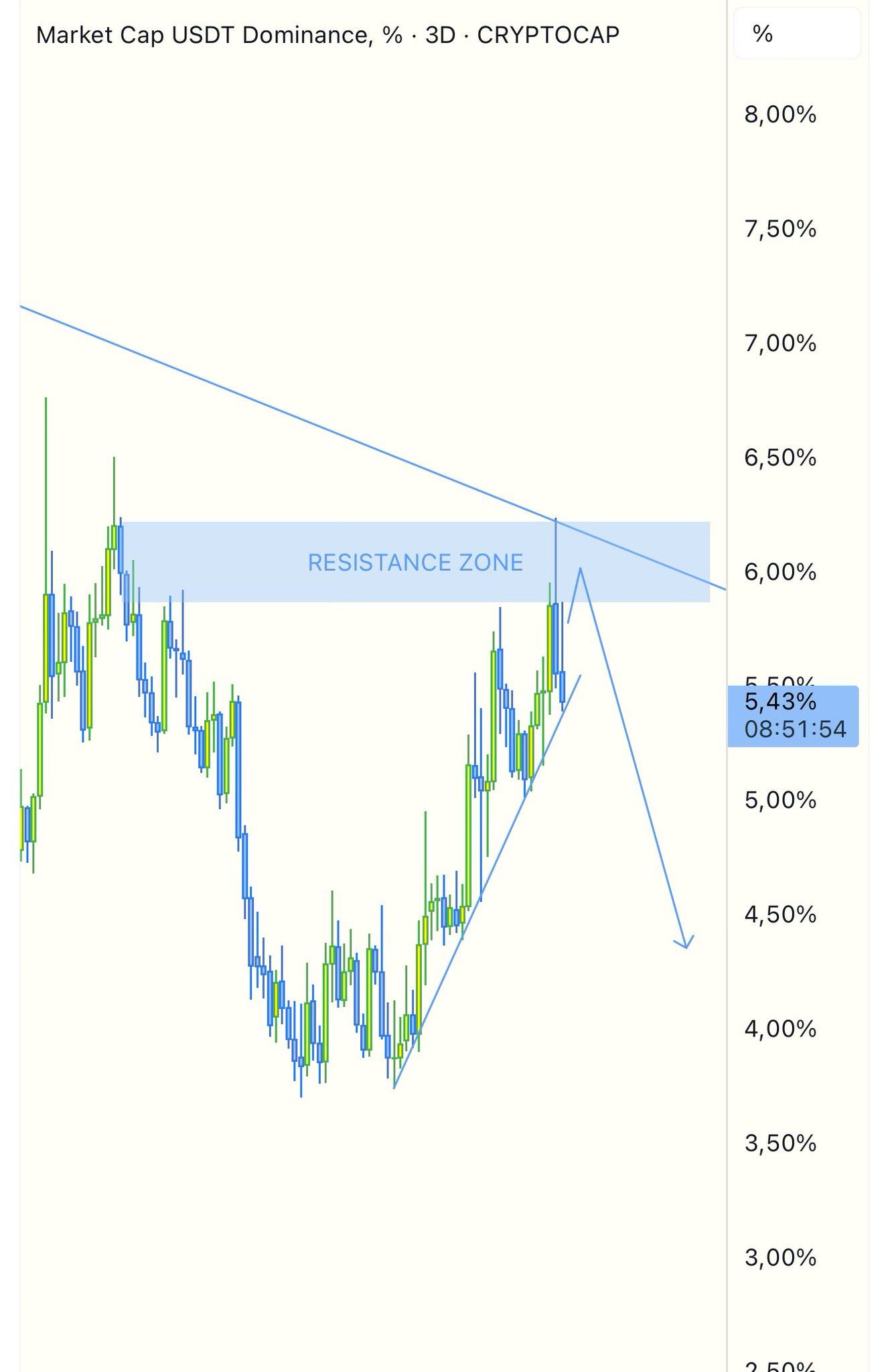
Another analyst also stressed that the USDT.D and USD Coin dominance (USDC.D) have reached resistance, forecasting an incoming altcoin season. Doğu Tekinoğlu drew similar conclusions by observing the combined chart of BTC.D, USDT.D, and USDC.D.
As Bitcoin’s dominance climbs, investors are closely monitoring these technical and on-chain signals. The interplay between Bitcoin’s strength and stablecoin dynamics could dictate whether altcoins stage a comeback this summer or face further consolidation. For now, Bitcoin’s grip on the market remains firm.
Disclaimer
In adherence to the Trust Project guidelines, BeInCrypto is committed to unbiased, transparent reporting. This news article aims to provide accurate, timely information. However, readers are advised to verify facts independently and consult with a professional before making any decisions based on this content. Please note that our Terms and Conditions, Privacy Policy, and Disclaimers have been updated.
Bitcoin
Babylon’s TVL Drops 32% After Massive Bitcoin Unstaking
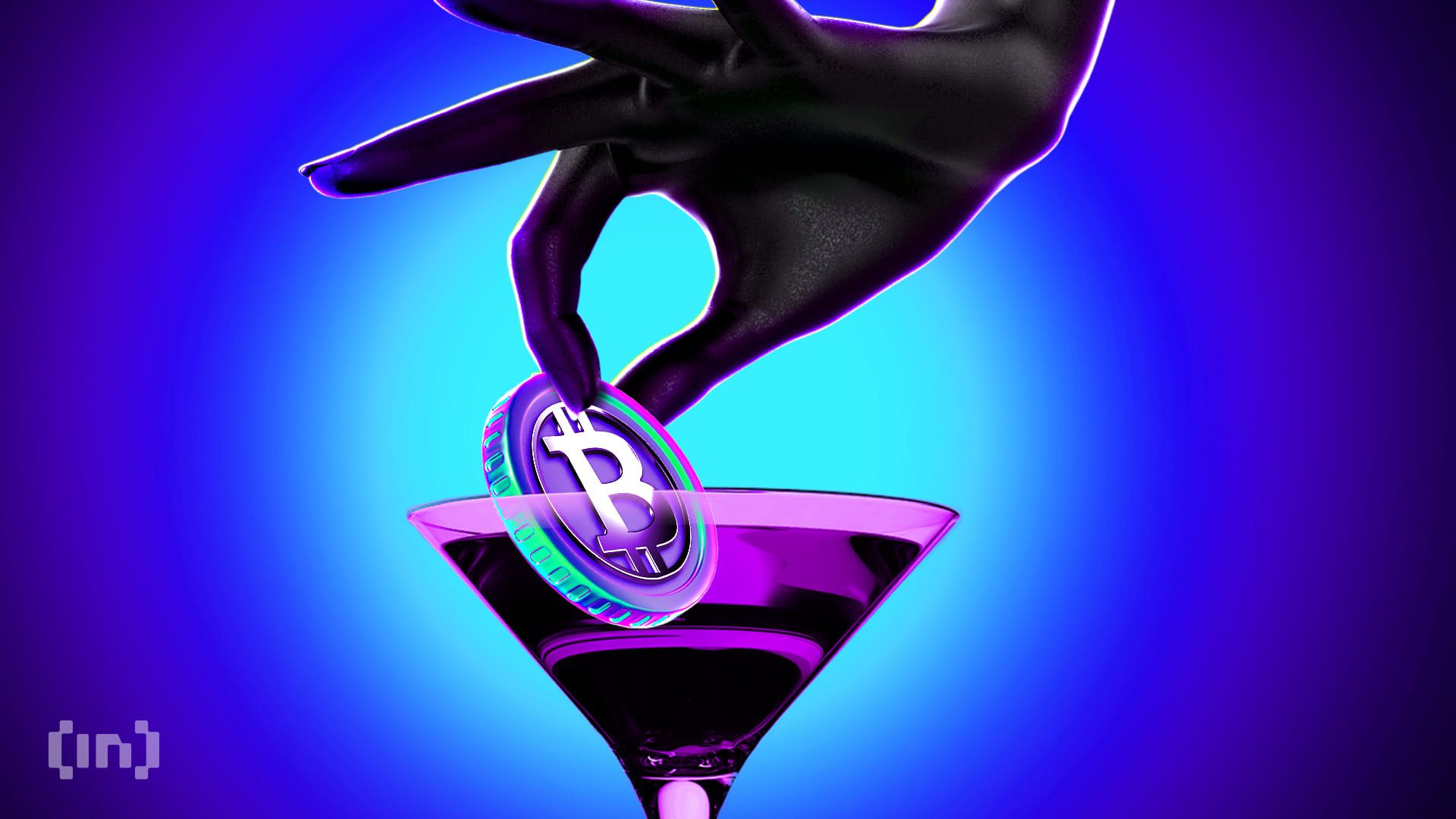
Babylon, a platform enabling native Bitcoin (BTC) staking, recorded a notable unstaking event on April 17. Approximately $1.26 billion worth of BTC was withdrawn from the protocol.
The move resulted in a significant decline in Babylon’s total value locked (TVL). Moreover, the price of its native token, BABY, also dipped.
Babylon’s TVL Drops 32% After Massive BTC Unstaking
Blockchain analytics firm Lookonchain alerted users about the unstaking on X (formerly Twitter).
“About 5 hours ago, 14,929 BTC($1.26 billion) was unstaked from Babylon,” the post read.

This move triggered a sharp drop in the platform’s TVL. According to data from DefiLama, Babylon’s TVL dropped from $3.9 billion to $2.6 billion in just a day, representing a decline of 32.7%. Moreover, only 31,502 BTC remain staked in the protocol at press time.
That’s not all. The BABY token was also not immune to market pressures. According to BeInCrypto data, the token depreciated by 9.8% over the past day alone. At the time of writing, the altcoin was trading at $0.8.

The unstaking led to widespread speculation about the platform’s stability and the broader implications for Bitcoin-based decentralized finance (DeFi) protocols.
“What’s going on. I don’t waste my time partaking in staking BTC, but this can be concerning. You don’t just see so much unstaking in such a short window,” a user said.
Nonetheless, Lombard Finance quickly moved to calm investor concerns. The Bitcoin restaking protocol, built on Babylon, clarified that the withdrawal was part of a planned transition to a new set of finality providers.
“To carry out the transition to our new set of Finality Providers, the Lombard Protocol has begun the process of unstaking BTC from the Lombard Finality Provider,” Lombard Finance stated.
The post emphasized that this process was a necessary step in the evolution of the platform. In addition, the company reassured investors that the withdrawn funds are expected to be restaked once the unbonding process concludes.
The unstaking event follows closely on the heels of Babylon’s airdrop earlier this month. 600 million BABY tokens—representing 6% of the token’s total supply—were distributed to early adopters, including Phase 1 stakers, Pioneer Pass NFT holders, and contributing developers.
Shortly after the airdrop, $21 million worth of Bitcoin was unstaked within 24 hours. This suggests a pattern of capital withdrawal that has intensified with the latest event.
Disclaimer
In adherence to the Trust Project guidelines, BeInCrypto is committed to unbiased, transparent reporting. This news article aims to provide accurate, timely information. However, readers are advised to verify facts independently and consult with a professional before making any decisions based on this content. Please note that our Terms and Conditions, Privacy Policy, and Disclaimers have been updated.
Bitcoin
What Good Friday Options Expiry Means for Bitcoin & Ethereum
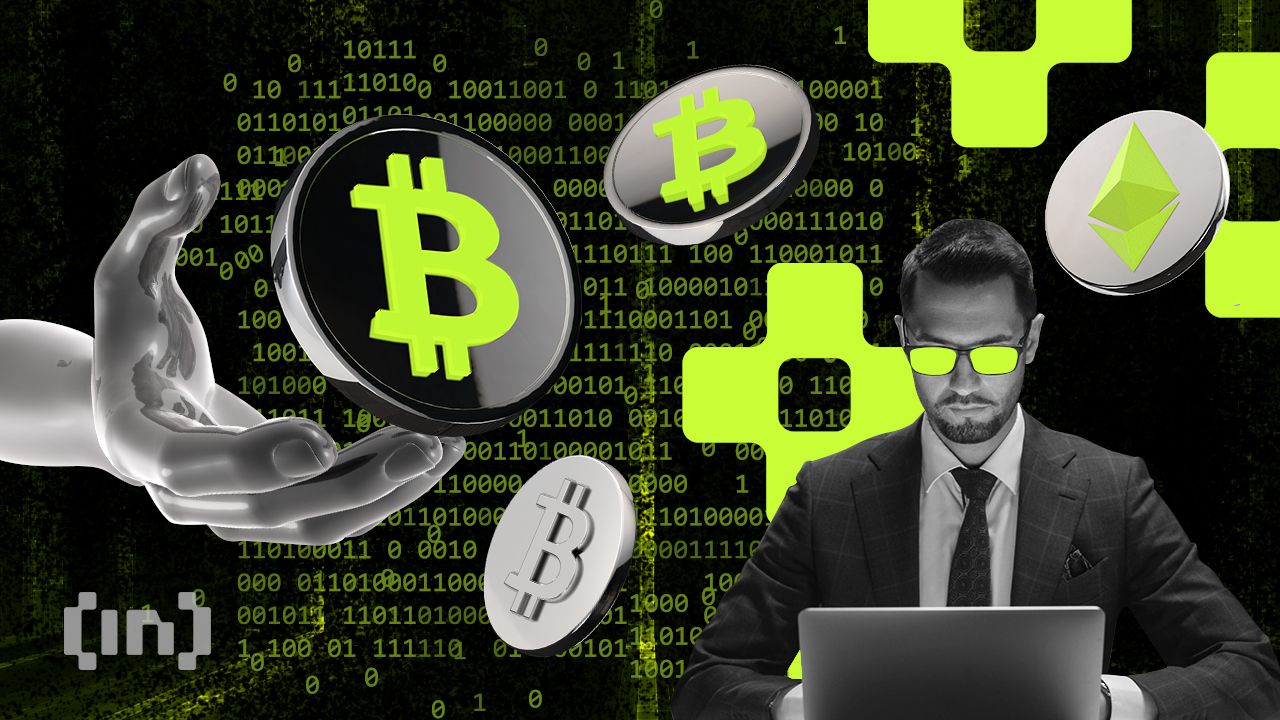
On Good Friday, over $2.2 billion worth of Bitcoin and Ethereum options contracts expire today.
It comes as crypto markets continue to reel from macroeconomic uncertainty. President Donald Trump is pressuring the Federal Reserve (Fed) to cut interest rates, but the chair, Jerome Powell, will not budge.
Over $2.2 Billion Options Expire Today
Today, April 18, amid Good Friday celebrations, 23,221 Bitcoin (BTC) options contracts will expire. The notional value for this Friday’s tranche of expiring Bitcoin options contracts is $1.966 billion, according to data on Deribit.
The put/call ratio is 0.96, suggesting a prevalence of purchase options (calls) over sales options (puts).
As the Bitcoin options expire, they have a maximum pain or strike price of $82,000; at this point, the asset will cause the greatest number of holders’ financial losses.

Similarly, crypto markets will witness the expiry of 177,130 Ethereum contracts, with a notional value of $279.789 million. The put-to-call ratio for these expiring Ethereum options is 0.84, with a maximum pain of $1,600.
This week’s options expiry event is slightly smaller than what crypto markets witnessed last week on Friday. As BeInCrypto reported, approximately $2.5 billion worth of BTC and ETH options expired then, with short-term dips bringing put demand.

Traders and investors must closely monitor today’s developments as options expiry could lead to price volatility. Nevertheless, put-to-call ratios below 1 for Bitcoin and Ethereum in options trading indicate optimism in the market. It suggests that more traders are betting on price increases.
Meanwhile, analysts at Deribit highlight low volatility and flat skew. While this suggests a calm market, historical data from CoinGlass suggests post-expiry price swings are common, potentially signaling an upcoming move.
“With volatility crushed and skew flat, is the market setting up for a post-expiry move?” they posed.
Blackswan Event Likely, Greeks.live Analysts Say
Analysts at Greeks.live shed light on current market sentiment, echoing the calm outlook. However, they note that the market is predominantly bearish to neutral. Traders expect continued choppy action before potentially revisiting $80,000 to $82,000.
As of this writing, Bitcoin was trading for $84,648, slightly above its strike price of $82,000. Based on the Max Pain theory, prices will likely move toward this strike price as options near expiry.

Citing a mild sentiment, Greek.live analysts ascribe the calm to Trump not putting out a lot of news this week. Nevertheless, they anticipate more trade wars, heightened uncertainty, and volatility.
“We expect the trade and tariff wars to be far from over, and the uncertainty in the market will continue for a long time, as will the volatility in the market,” Greeks.live wrote.
They also ascribe the outlook to Powell’s comments, which created downward pressure as 100 bps rate cut expectations for the year were reduced. This led to crypto correlation with traditional markets.
Against this backdrop, Greeks.live says the probability of a black swan event is higher, where a rare, unexpected event that has a significant and often disruptive impact on the market occurs.
“…it is now a period of pain when the bulls have completely turned to bears, and investor sentiment is relatively low. In this worse market of bulls turning to bears, the probability of a black swan will be significantly higher,” they explained.
They urge traders to buy out-of-the-money (OTM) put options. An option is classified as out-of-the-money when its strike price is less favorable than the current market price of the underlying asset. This means it has no intrinsic value, only time value (the potential for it to become valuable before expiration).
Disclaimer
In adherence to the Trust Project guidelines, BeInCrypto is committed to unbiased, transparent reporting. This news article aims to provide accurate, timely information. However, readers are advised to verify facts independently and consult with a professional before making any decisions based on this content. Please note that our Terms and Conditions, Privacy Policy, and Disclaimers have been updated.
-

 Ethereum17 hours ago
Ethereum17 hours agoEthereum Fee Plunges To 5-Year Low—Is This A Bottom Signal?
-

 Altcoin24 hours ago
Altcoin24 hours agoTron Founder Justin Sun Reveals Plan To HODL Ethereum Despite Price Drop
-

 Market21 hours ago
Market21 hours agoEthereum Price Fights for Momentum—Traders Watch Key Resistance
-
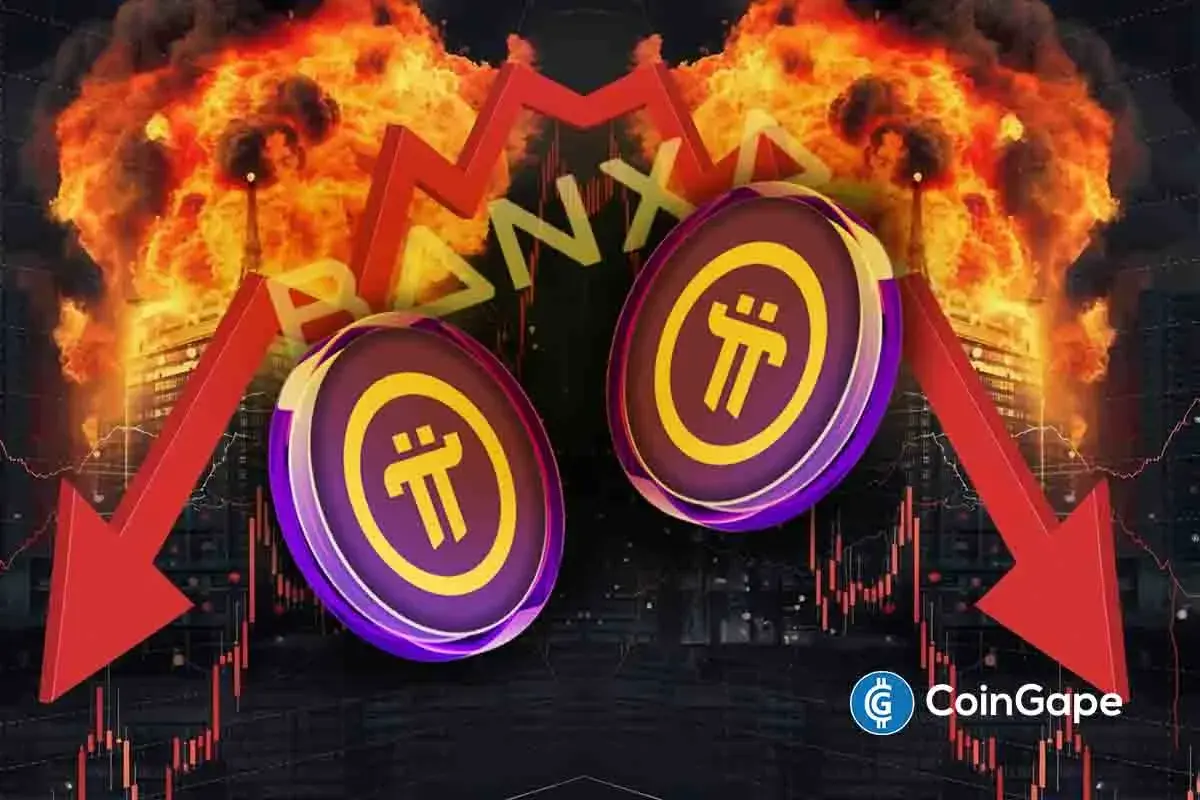
 Altcoin21 hours ago
Altcoin21 hours agoExpert Predicts Pi Network Price Volatility After Shady Activity On Banxa
-
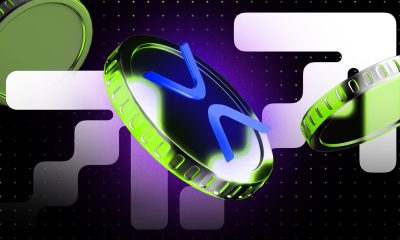
 Market19 hours ago
Market19 hours agoIs XRP’s Low Price Part of Ripple’s Long-Term Growth Strategy?
-

 Bitcoin17 hours ago
Bitcoin17 hours agoWhat Good Friday Options Expiry Means for Bitcoin & Ethereum
-

 Market23 hours ago
Market23 hours agoSui Meme Coins Surge With Rising DEX Volumes
-

 Altcoin22 hours ago
Altcoin22 hours agoAnalysts Predict XRP Price to Hit $6 as Wave 2 Correction Nears End


